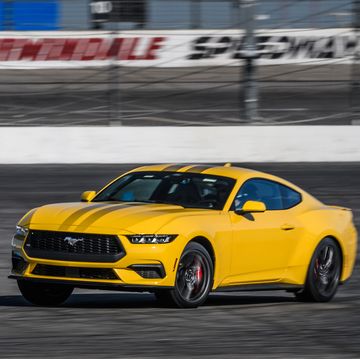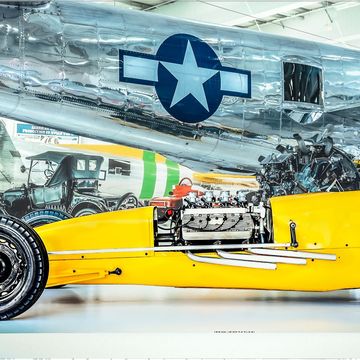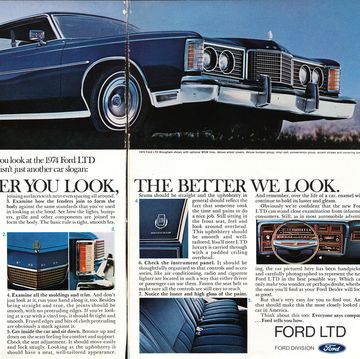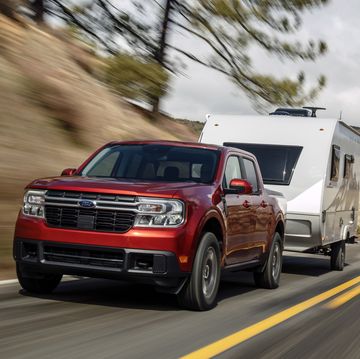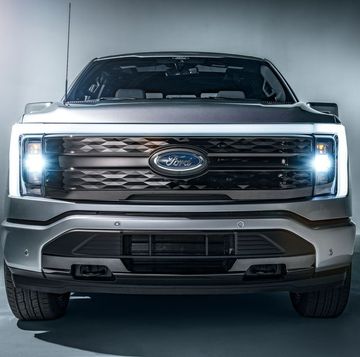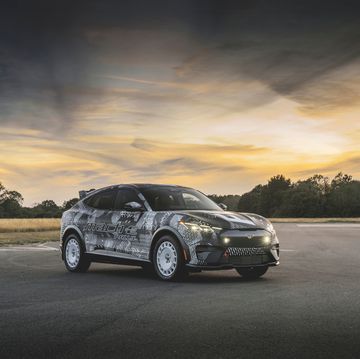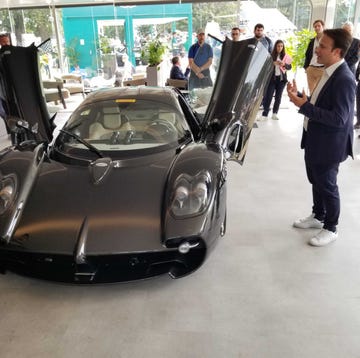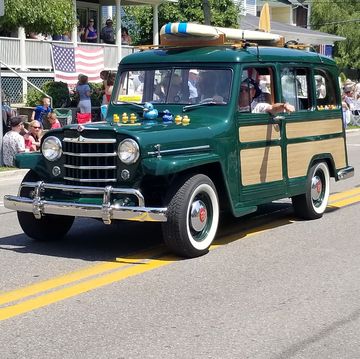The Audrain Automobile Museum in Newport, Rhode Island, is celebrating the early days of the auto industry, when a plentiful raw material—wood—was crafted into wheels, frames, steering wheels, trim, and even exterior surfaces.
The exhibit, “Wonders in Wood, on Land and by Sea,” is an eclectic mix of classic cars that use wood in their construction, along with classic, wooden sail and power boats—a natural match, considering Newport’s posh history of yachts and luxury cars.
“This show is something I’ve always wanted to do,” said David de Muzio, the museum’s executive director, Curatorial & Collections. The show runs through June 11.
Besides the fabulous cars and boats, there’s also an ornate, wooden horse-drawn coach in the display. It was built in 1892 for a Vanderbilt relative, back when coach builders hadn’t yet moved on to horseless carriages.
De Muzio has an appreciation from wood. Before he joined the museum in 2014, he worked for 25 years at the Philadelphia Museum of Art, including a stretch as senior conservator of furniture and woodwork.
“Wood is a very utilitarian material. It’s plentiful, and obviously it predates steel as a building material,” he said in an interview. He says there’s a fair amount of overlap in the skills required to select, shape, and finish wood, whether for cars, boats, or furniture.
“There’s so much wood in pre-war cars. It can be structural and utilitarian, or cosmetic,” he said. By pre-war, he means pre-World War II.
As beautiful as the polished exterior finishes are, De Muzio emphasized wood in cars wasn’t just for decoration. Underneath the high-gloss finishes or mother-of-pearl inlays, it was also common in the past to use wood to build the internal structure supporting sheetmetal body panels, de Muzio said.
The museum display includes rarities like a 1914 Rolls-Royce Silver Ghost boat-tail “Skiff,” said to be one of only five ever built. The tail end really does look like a highly polished, varnished, wooden boat.
Made with Cuban mahogany, the Rolls is believed to be the only one of its kind with a body built by the Berlin-based coachbuilder Schapiro-Schebera. The chassis dates to 1914, but World War I intervened, and the body wasn’t added until 1919.
There are also decidedly more mass-market examples on display, like a 1940 Ford Deluxe Woody Wagon, which could carry eight occupants, and/or cargo, depending on the seating configuration.
A contemporary advertisement in the display says, “Today Ford continues to build its own station wagon bodies at Iron Mountain, Michigan, selects the finest native hardwoods for them, and fashions them with real cabinetmaker craftsmanship.”
An earlier example at the museum is a 1922 Ford Model T “Depot Hack,” with a mostly wooden body, an extra row of seats and cargo space, used to drive hotel guests to the train station—which gives rise to the term “station wagon.”
Ford continued to build Woody station wagon bodies at its Iron Mountain plant in Michigan’s Upper Peninsula until 1952.
Every possible component was homegrown by Ford, said Audrain CEO Donald Osborne.
In addition to being CEO of the museum, the bowtie-wearing Osborne has his own consulting company, Automotive Valuation Services. He’s also a familiar face from hosting recurring segments of “Assess & Caress with Donald Osborne” and “Behind the Bowtie” on Jay Leno's Garage.
The Ford Woody assembly line was typical of the highly vertically integrated Ford Motor Co. of the era, Osborne said. “It was one of the highlights of American industry,” he said. “The steel, the glass, the rubber—and the wood—all came from Ford sources.”








